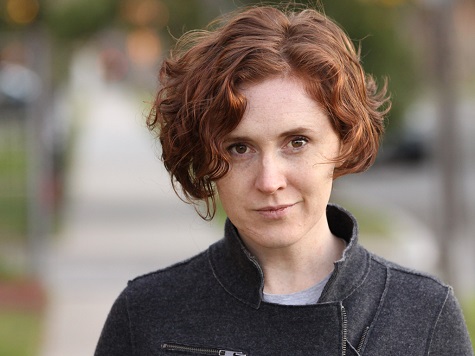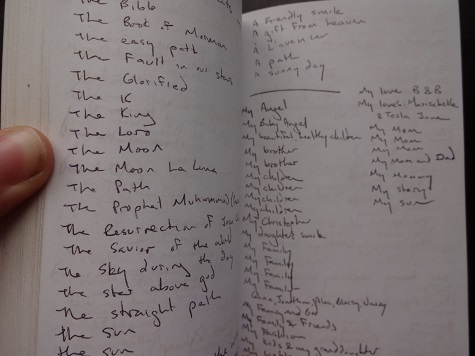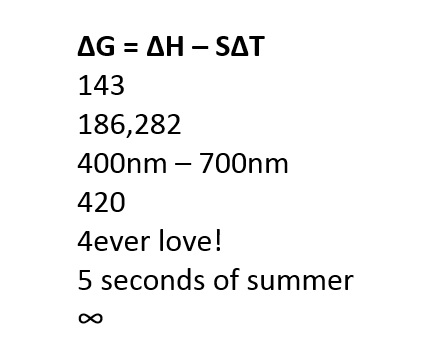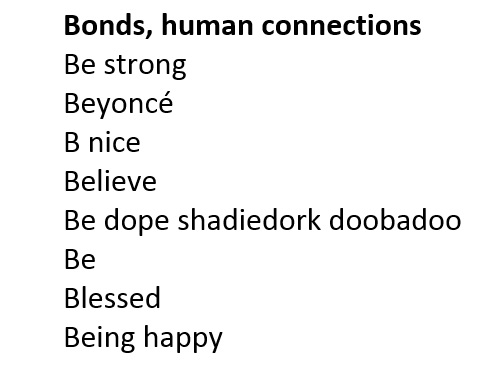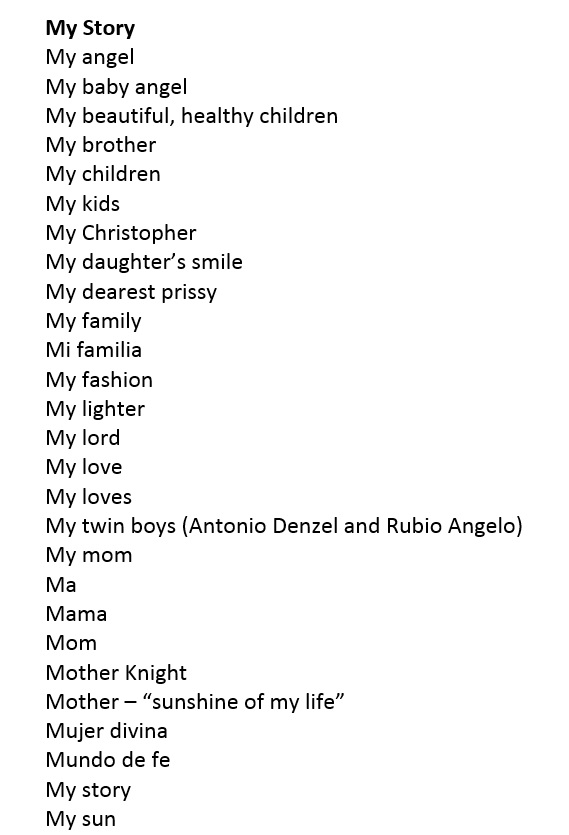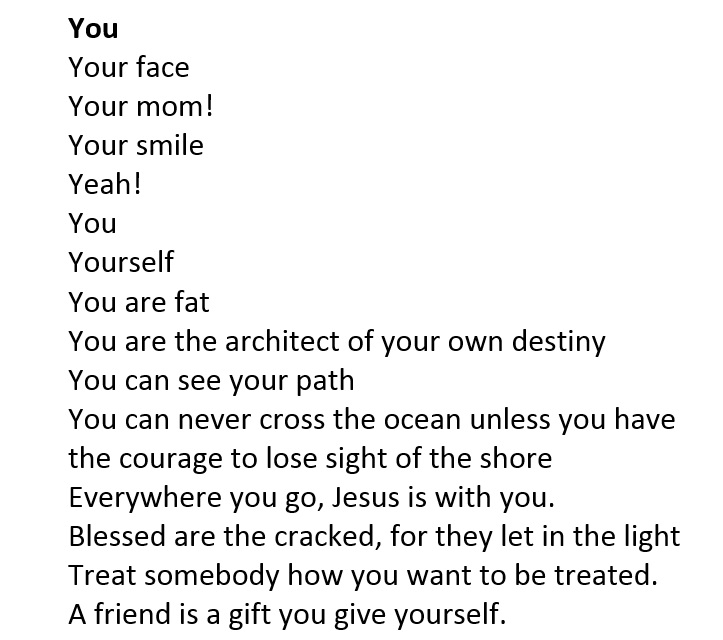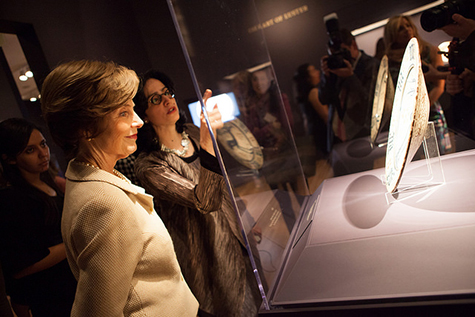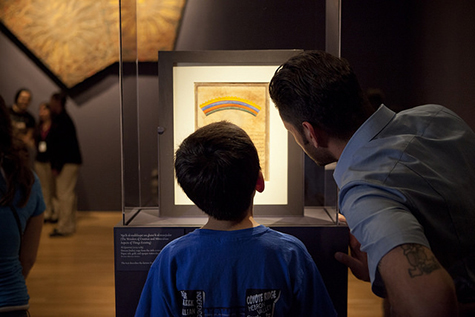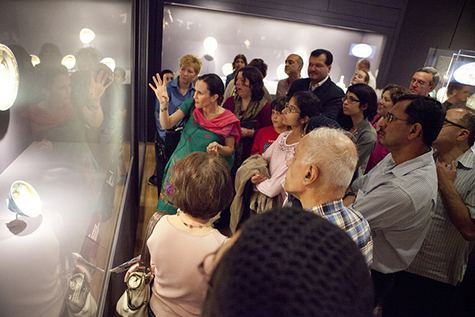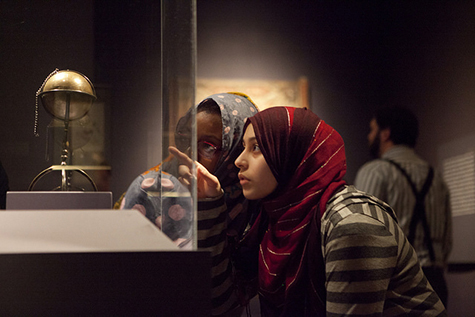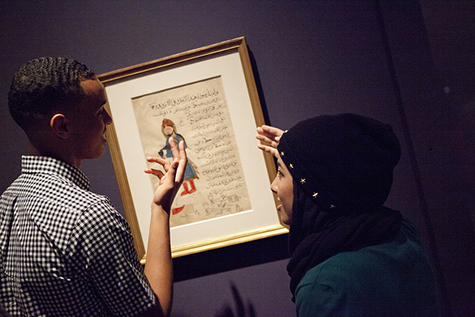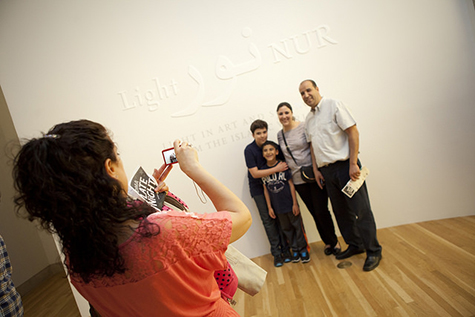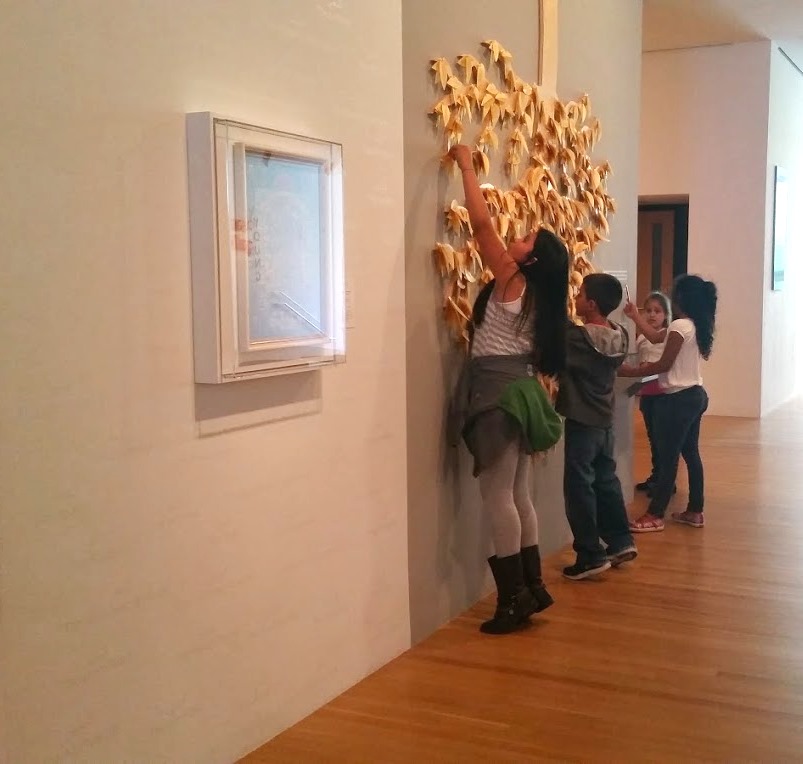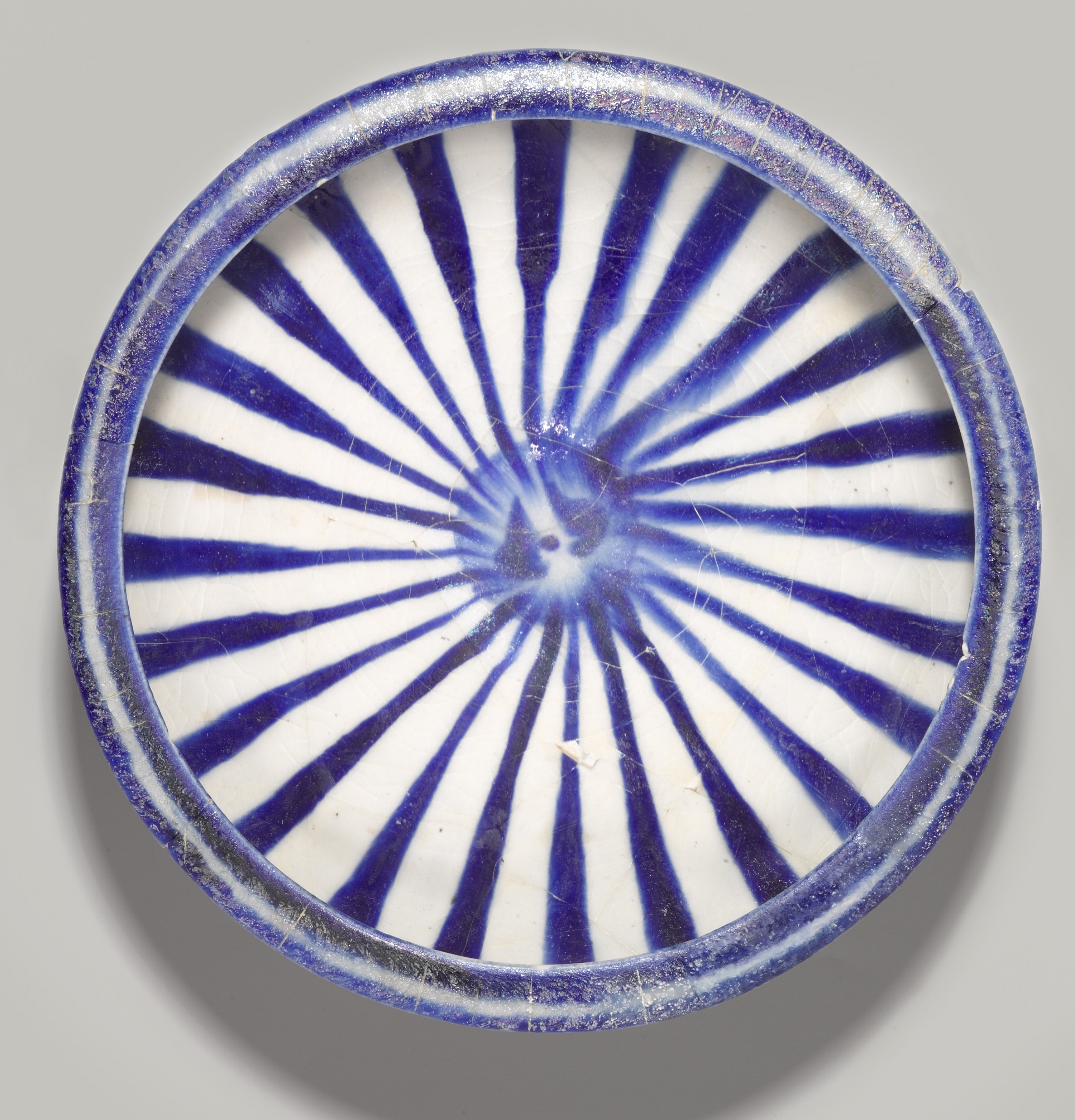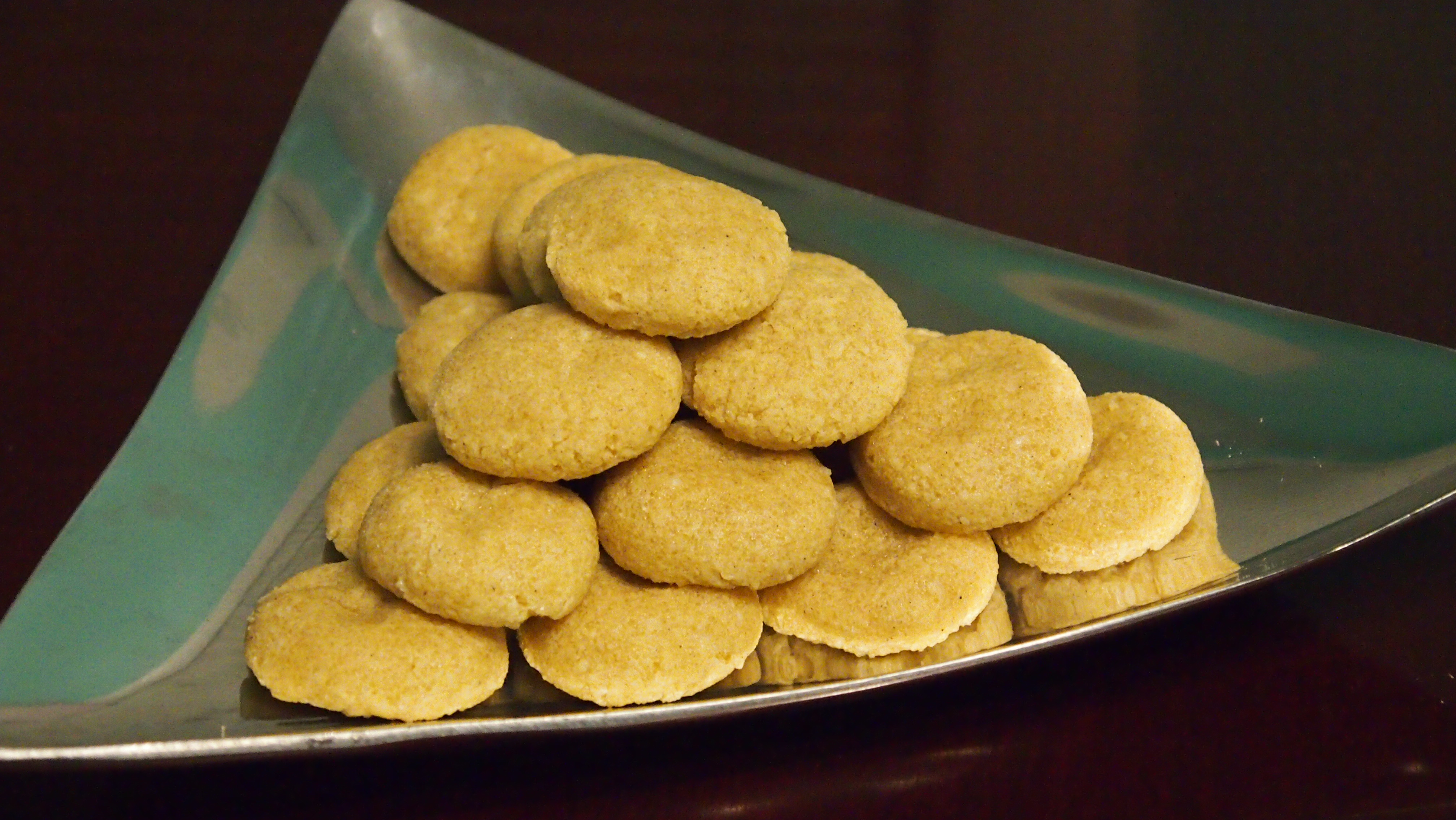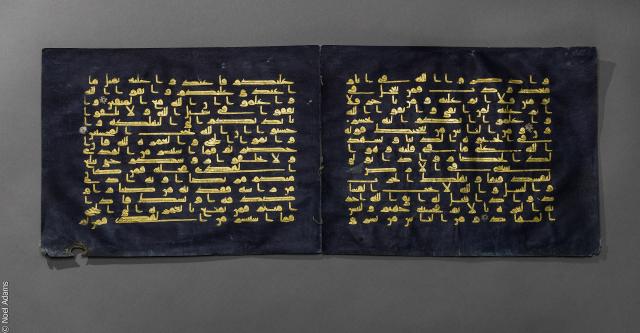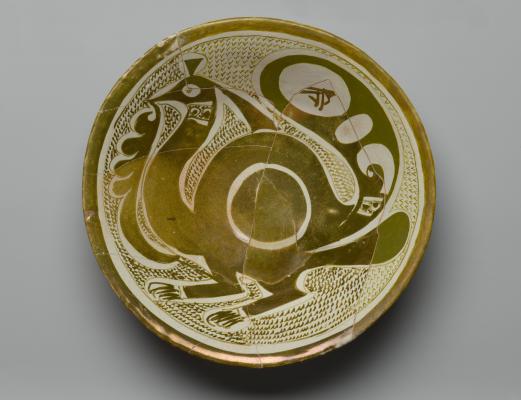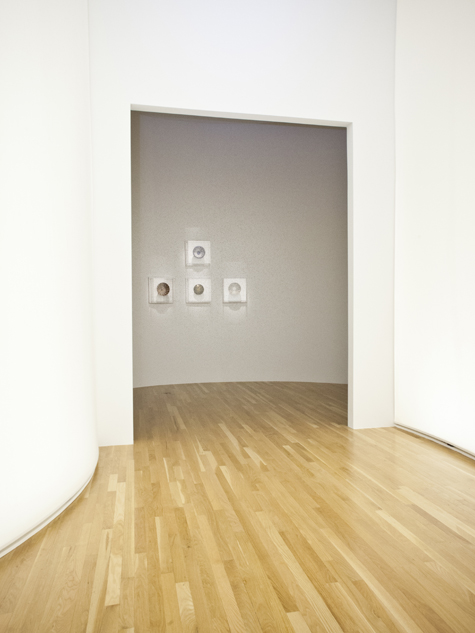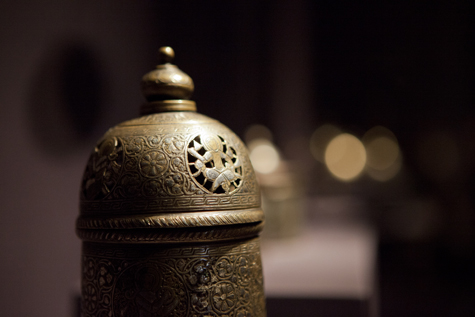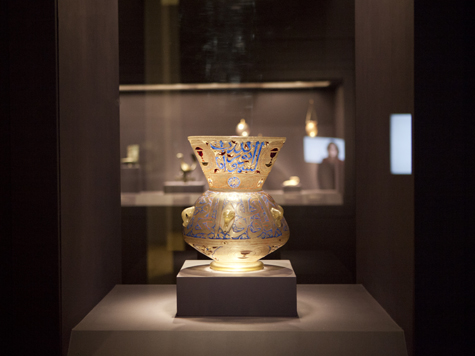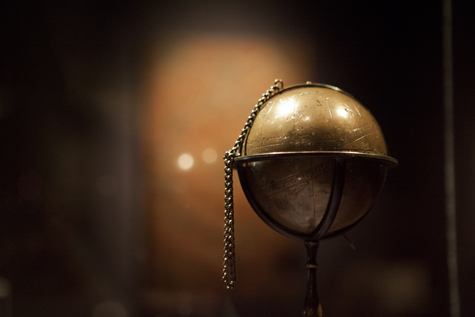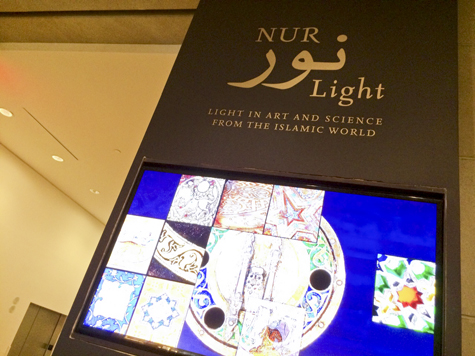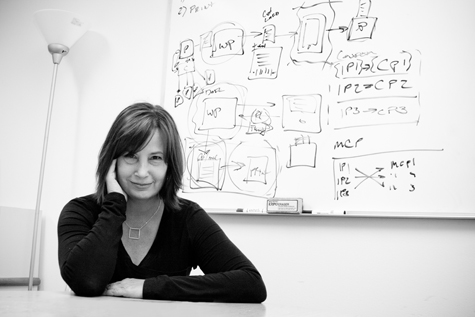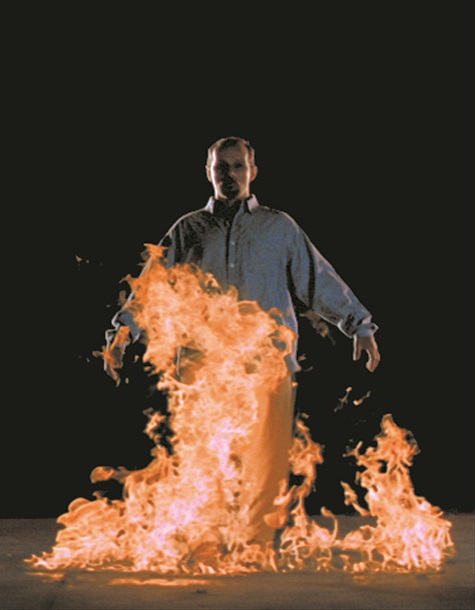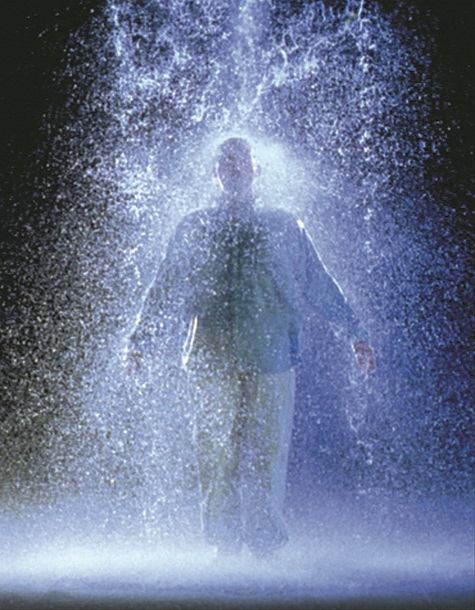Since July 2014, the Center for Creative Connections (C3) has worked closely with printer and essayist Kendra Greene. As our Writer-in-Residence, Kendra is assisting in the evaluation and re-purposing of thousands of visitor responses received in relation to a recent C3 installation.
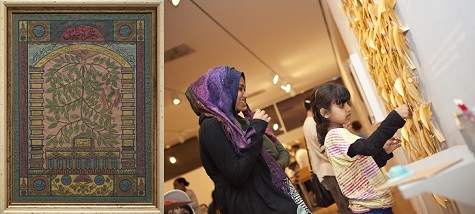
Images (left to right): A Panel Depicting the Tuba Tree, with the 99 Names of God on its Leaves, c. 1900, watercolor on paper, The James and Ana Melikian Collection; Visitors leaving responses at the C3’s Tree of “LIGHT” interactive
In the spring of 2014, in connection with Nur: Light in Art and Science from the Islamic World, C3 asked visitors to respond to a painting of a Tuba tree with the 99 names of God written on its leaves. Nur is the Arabic word for “light,” so we asked visitors to write a characteristic of light on a gold leaf and hang it on our tree. Over three months, we received 4,394 contributions.
Uncrated sat down with Kendra and asked her a few questions:
Tell us a little about your background with museums.
In my first job, as a preparator, I used to put text on the museum wall—one vinyl letter at a time. As a curatorial assistant, I started writing those texts. I was managing a contemporary photography collection when I discovered the best day I could have was introducing a visitor to some remarkable thing they could never have known to ask for, which may or may not have led to volunteering at a natural history museum to costume their giant ground sloth.
What interested you in working with the Dallas Museum of Art?
Museums are storytelling institutions, and yet so many of those stories go unheard. There’s never enough room on the labels to say everything worth saying, and then there’s the internal stories, the fragile oral history of what it is to live with a museum, that almost never get recorded in the first place. I wanted to capture stories that might otherwise be lost, and I wanted to give voice to surprising things well worth hearing.
Describe your process of unpacking and making sense of the information in the leaves.
The prospect of coming to grips with thousands of discrete words and phrases was overwhelming. I started alphabetizing to organize the leaves, and doing so I found not just patterns of meaning but rhythms of language. I got really interested in the effect of proportion in the responses: the power of “Love” being repeated 242 times, and the power of “Flowers & Weeds” being said just once.
What are some of your favorite poems that you generated from the leaf responses?
How does this kind of creative re-purposing support the process of meaning making?
I’m a writer and a maker essentially because I believe in conversation. It’s exciting whenever creating something generates a response, but when that response generates more making, the whole exchange grows that much richer. It was really important to me to listen to everything this collection of visitors chose to say, and then think about what those writings had to say both individually and en masse. I see a lot of my questions and interpretations in my compositions from the leaves, but mostly I see a portrait of a community that can only happen through collaboration.
Join Kendra Greene for an evening of discovering the galleries through language, unlocking the power of art to spark poetry and prose, Thursday, February 12, from 6:00 to 8:50 p.m., and experience Kendra’s assembled poetry at the February Late Night on Friday, February 20, in the C3 Theater at 8:30 p.m. and 10:00 p.m.
Jessica Fuentes is the Center for Creative Connections Gallery Coordinator at the DMA.
